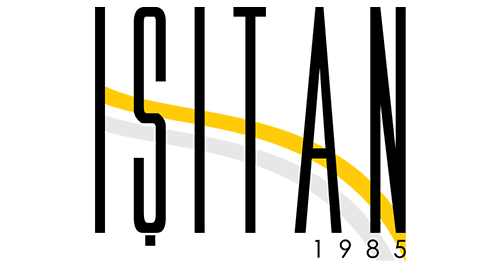Chapter 12. Gender, Intercourse, and Sex. Learning Goals
Sex
Sex refers to a person’s capability for intimate emotions and their psychological and attraction that is sexual a specific intercourse (man or woman). Sex or orientation that is sexual typically split into four groups: heterosexuality, the attraction to folks of the contrary intercourse; homosexuality, the attraction to people of one’s very very own sex; bisexuality, the attraction to folks of either intercourse; and asexuality, no attraction to either intercourse. Heterosexuals and homosexuals may additionally be referred to informally as “straight” and “gay,” respectively. United states is just a heteronormative culture, meaning it supports heterosexuality given that norm, (described as heteronormativity). Consider that homosexuals tend to be expected, “When did you know you’re gay?” but heterosexuals are hardly ever expected, “When did you know you had been right?” (Ryle).
Relating to present systematic understanding, people are frequently conscious of their intimate orientation between center youth and very early adolescence (United states Psychological Association). They don’t have to be involved in sexual intercourse to understand these psychological, intimate, and attractions that are physical individuals could be celibate but still recognize their intimate orientation. Homosexual women (generally known as lesbians), homosexual guys (generally known as gays), and bisexuals of both genders could have completely different experiences of discovering and accepting their intimate orientation. Some may be able to claim their sexual orientations while others may be unready or unwilling to make their homosexuality or bisexuality known since it goes against North American society’s historical norms (APA) at the point of puberty.
Alfred Kinsey ended up being one of the primary to conceptualize sex as a continuum in place of a strict dichotomy of homosexual or directly. To classify this continuum of heterosexuality and homosexuality, Kinsey created a six-point score scale that varies from solely heterosexual to solely homosexual (see Figure 12.4). Work intimate Behavior into the Human Male, Kinsey writes, “Males usually do not express two populations that are discrete heterosexual and homosexual. The entire world is certainly not become split into sheep and goats … The residing world is a continuum in every single one of the aspects” (Kinsey et al).
Figure 12.4. The Kinsey scale suggests that sex could be calculated by more than simply homosexuality and heterosexuality.
https://besthookupwebsites.org/girlsdateforfree-review/
Later on scholarship by Eve Kosofsky Sedgwick expanded on Kinsey’s notions. She coined the word “homosocial” to oppose “homosexual,” explaining nonsexual relations that are same-sex. Sedgwick respected that in united states culture, men are at the mercy of a clear divide between the 2 edges with this continuum, whereas females enjoy more fluidity. This is illustrated by the way ladies in Canada can show homosocial emotions (nonsexual respect for individuals of the identical intercourse) through hugging, hand-holding, and closeness that is physical. In comparison, Canadian men avoid these expressions simply because they violate the heteronormative expectation. While females encounter a versatile norming of variants of behaviour that spans the spectrum that is heterosocial-homosocial male behavior is susceptible to strong social sanction if it veers into homosocial territory due to societal homophobia (Sedgwick).
There isn’t any clinical consensus concerning the precise explanations why an person holds a heterosexual, homosexual, or bisexual orientation. There’s been research carried out to review the feasible hereditary, hormone, developmental, social, and social impacts on intimate orientation, but there’s been no proof that links orientation that is sexual one element (APA). Analysis, but, does current proof showing that homosexuals and bisexuals are addressed differently than heterosexuals in schools, the workplace, in addition to army. The Canadian Climate Survey stated that 59% of LGBT (lesbian, homosexual, bisexual, or transgendered) senior high school pupils was in fact at the mercy of spoken harassment in school when compared with 7% of non-LGBT pupils; 25% have been susceptible to real harassment when compared with 8% of non-LGBT pupils; 31% was in fact susceptible to cyber-bullying (via internet or texting) when compared with 8% of non-LGBT pupils; 73percent felt unsafe in school in comparison to 20percent of non-LGBT pupils; and 51% felt unaccepted in school when compared with 19% of non-LGBT pupils (Taylor and Peter).
